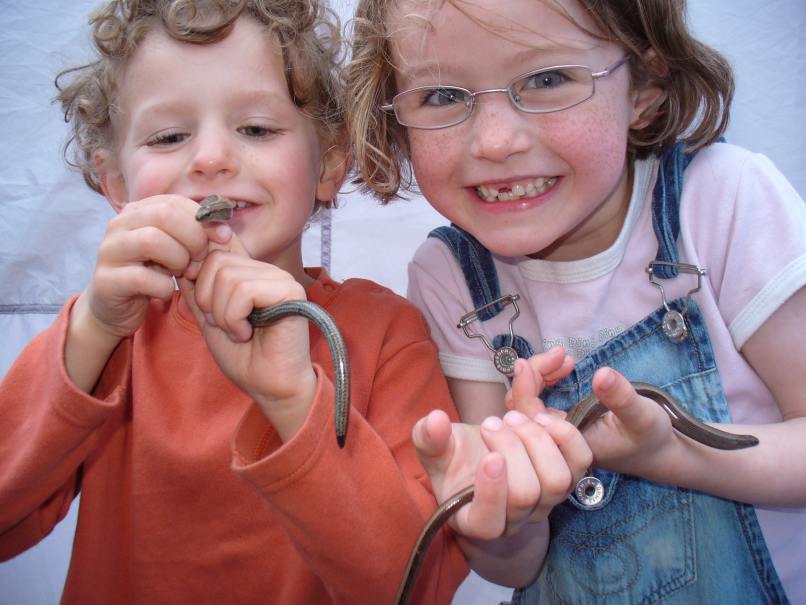 |
 |
check your gulley pots..: |
| Author | Message |
|
will Senior Member Joined: 27 Feb 2007 No. of posts: 330 View other posts by will |
Posted: 30 Aug 2008 |
|
tim hamlett Senior Member Joined: 17 Dec 2006 No. of posts: 572  View other posts by tim hamlett |
Posted: 30 Aug 2008 you do post some amazing pix will tim |
|
will Senior Member Joined: 27 Feb 2007 No. of posts: 330 View other posts by will |
Posted: 31 Aug 2008 Cheers Tim; too much time spent with the leapers and creepers I guess! Great thing about digital photography is you can delete the 99.9% rubbish pictures too.. |
|
Huddy Member Joined: 09 Feb 2006 No. of posts: 18 View other posts by Huddy |
Posted: 31 Aug 2008 Hi Will, I reckon thousands of Amphibians die every year in gully pots, I too have found both GCN and B.Bufo in the same situation ,I have reported my findings to local N.E team and they have in turn passed the book on to my local council who, as you might imagine do absolutely nothing in response !!! . I was working this year ,on a site in Cumbria that has a GCN population ,and the site owners had placed strong mesh covers over their gully pots, (Perforated with small holes 2mm wide to allow water to pass through , but small enough not to allow Amphibians to fall in . Cheers Paul |
|
will Senior Member Joined: 27 Feb 2007 No. of posts: 330 View other posts by will |
Posted: 31 Aug 2008 Thanks for the info Paul; I have heard of some enlightened councils / developers using mesh as you describe, but of course this is generally only for new road / housing developments. At least I was able to lift the grill on this gulley pot without a crowbar, and I have put a branch in it to act as a ladder for any unlucky newts caught in the future. Cheers Will |
|
Suzi Senior Member Joined: 06 Apr 2005 No. of posts: 860 View other posts by Suzi |
Posted: 01 Sep 2008 I find this sort of thing incredible. If most of us so much as look at a GCN we are in trouble but councils and other official bodies do nothing about the problem. Does this not amount to wilful neglect of the species - and other species as well? Surely it can be considered a design fault of these devices, which are in effect traps. I know that creatures will find their way into all sorts of places, good and bad, but if it is known surely an escape route should be inbuilt. As councils etc must be the major purchasers of these items then they have the leverage to force change. Suz |
|
Chris Monk Senior Member Joined: 21 Apr 2004 No. of posts: 157 View other posts by Chris Monk |
Posted: 02 Sep 2008 This is a well known problem in herpetological circles but not with engineers and highway designers. We have several toad crossings where our members have to cover the road gullies over with wire mesh to prevent the animals falling in and getting trapped. However in most places we have to redo this each year as the owners (on private roads) or highway authorities won't let us leave the mesh on after the toad patrols have finished, which means that returning adult amphibians and later on metamorphs leaving the ponds will get trapped and die. Most road gullies are the form known as trapped gullies with the outlet pipe half way up the smooth side and a deep well of grotty water in the bottom where amphibians eventually die. Once they fall in there is no way out without human intervention. It is even worse when they have kerbs behind the gullies as these guide amphibians along the edge of the road until they fall in the gullies. Certainly Matthew Ellis from CCW was highlighting this problem many years ago where they found large numbers of GCN in gullies at the ends of roads on an industrial estate where the gullies were placed right in the corners of the kerbs to ensure they caught anything going either way! PS They are used to, in theory, improve the quality of surface water run-off by trapping sediment in the gulley, but except in very slight rain they don't do that either as except for coarse grit most of the fine material with their attached oil, heavy metals etc are washed through. We need a campaign against them but who's going to launch it then ? Derbyshire Amphibian & Reptile Group www.derbyshirearg.co.uk |
- check your gulley pots.. |